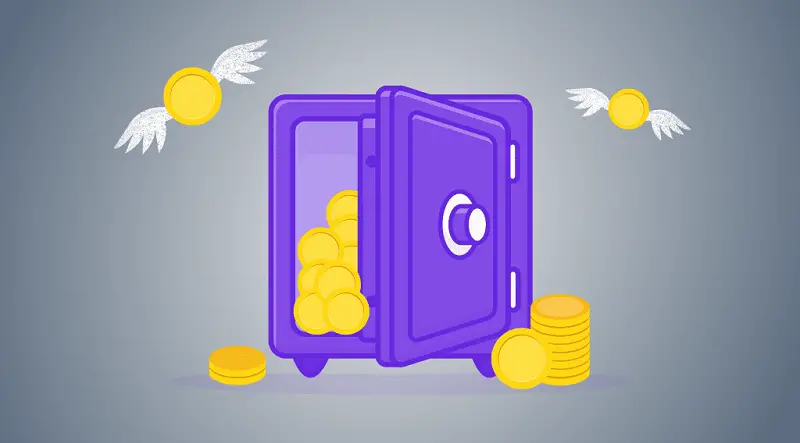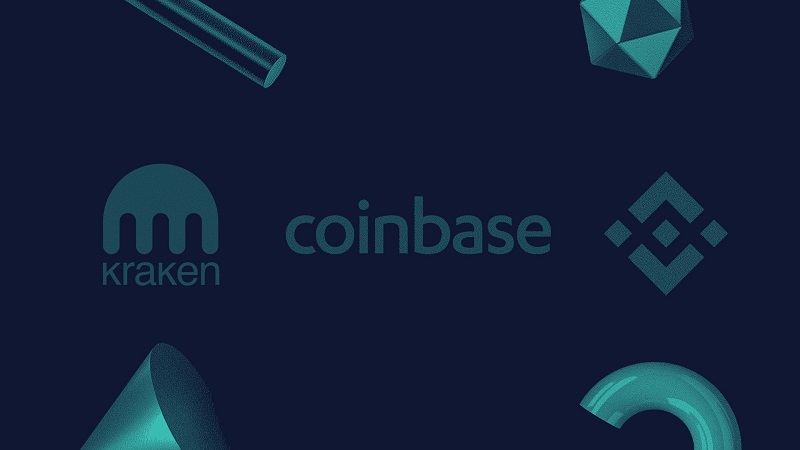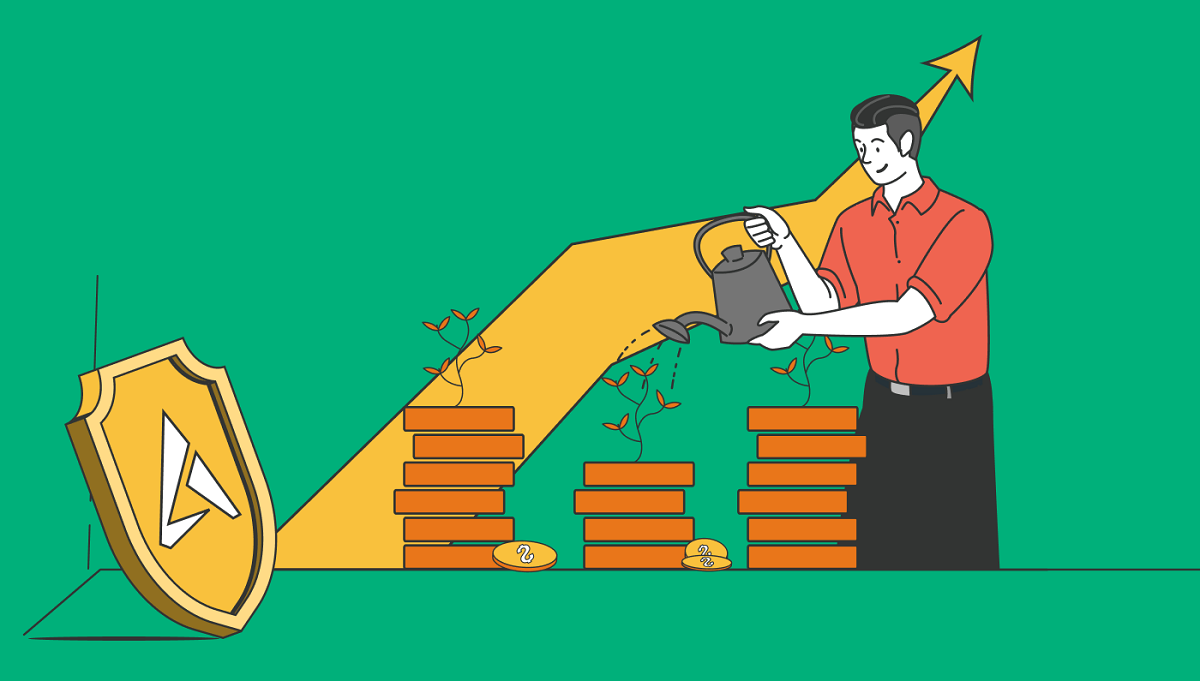If you are investing in cryptocurrencies, you can turn to options such as buying and selling them in the spot markets or trying to earn high profits with futures transactions. However, there are different types of earnings that investors are interested in. Cryptocurrency mining, staking, and lending are systems that earn regular interest income, often preferred by long-term investors.
Although it ultimately leads to the same point for the investor, staking and lending are different things in the cryptocurrency ecosystem. If you are a conscious investor, you should have basic knowledge about staking, lending, yield farming. Keep reading the article to know the differences of staking and lending and to learn the ways of staking and lending.

What is Staking?
Staking allows to earn interest income and mining rewards with certain percentages by locking cryptocurrencies on the blockchain. Thanks to blockchain technology, all data is stored on the blockchain and transactions are verified by miners. The two most popular cryptocurrencies Bitcoin and Ethereum work with mining with the Proof of Work algorithm. Ethereum has taken various steps to switch to the Proof of Stake algorithm with the 2.0 update, possibly soon the mining system with PoW may disappear altogether. Cryptocurrency networks using the PoS algorithm perform staking transactions to validate transactions based on consensus.
Staking miners lock their cryptocurrencies in their wallets, verifying transactions on the blockchain and performing transfers. Locked cryptocurrencies also help secure the network as they are accepted as collateral. Staking investors are rewarded with a certain annual interest percentage or mining income, depending on the conditions of the network. These investors can also vote or give an opinion on updates to the network. Each investor has the same amount of voting power as they hold locked. Therefore, long-term investors may also consider earning interest income on their holdings by staking their cryptocurrencies instead of keeping them in an exchange or cold wallet. In fact, almost every major exchange also has various systems that facilitate staking on networks.
Earning passive income by crypto staking
The coins that investors stake are used by the network to create new blocks and confirm transactions on the network. The more crypto funds you have, the more your cryptocurrencies are used in transactions. Every information processed in the new block is verified by a staking cryptocurrency, that is, actually by the miner. Because it is the miner who locks the cryptocurrency to the network for verification
If you do staking on an insecure network, you may lose your crypto assets or experience a loss of value in case of an attack or a network crash. Therefore, you should staking on a cryptocurrency blockchain that you think will increase both in quality and in price. Thus, the value of the cryptocurrencies you lock will increase in USD, and the value of the cryptocurrencies you get from interest as a result of staking will increase.
What is lending?
Lending is the name given to the system that allows you to earn income with certain interest rates by lending your cryptocurrency through intermediary companies. With Lending, you contribute to facilitating cryptocurrency trading by providing liquidity to other investors. DeFi platforms and centralized platforms such as AAX and Nexo are generally preferred for lending. Lending also allows you to earn passive income with your assets, just like staking.
Platforms that allow you to do Lending create a lending pool with various cryptocurrencies. Decentralized exchanges also create liquidity pools to make swap transactions faster. The interest rates of these pools can change instantly or daily, and the lending income earned from the pools can be transferred to the account instantly or daily. With DeFi growing rapidly from mid-2020, anyone can engage in lending and yield farming.
Yield farming is slightly different from lending and staking. Thanks to this feature, which is often used in decentralized exchanges such as PancakeSwap, you can combine two different cryptocurrencies with equal value and add them to the liquidity pool. The annual interest rate, which can go up to 35% in staking and lending, can approach 400% in yield farms.

The most staked cryptocurrencies
While there are currently hundreds of cryptocurrencies that can generate income by staking, proof-of-stake consensus is a partially new concept and the number of cryptocurrencies you can actually safely stake is partially limited. You can stake some cryptocurrencies by transferring them to their platforms, and you can use exchanges like Binance to stake some. The advantage of Binance in this regard is that it offers the possibility to staking with a few clicks and to end staking with a few clicks.
Ethereum offers staking investors between 5% and 20% annual returns. While you need to have a minimum of 32 ETH to be able to stake on the Ethereum blockchain, you can stake with much lower amounts on exchanges like Binance. The income you get for staking may vary depending on the number of transactions and congestion on the network.
Polkadot is one of the cryptocurrencies that can be mined with the PoS consensus. Polkadot, which has not been on the market for a year and a half yet, has been one of the 10 most valuable cryptocurrencies for a long time. Thanks to its project and usefulness, it has gained a good place in the market. Polkadot provides interoperability and enables parachains and different blockchains to connect with each other. Many major cryptocurrency exchanges support Polkadot (DOT) staking. With DOT staking, an annual interest rate of 11% to 15% can be earned.
One of the blockchains working with PoS consensus is Cardano. The blockchain, developed by the IOHK team, is also a very valuable smart contract platform. Thanks to the updates brought, dApps can be developed in the Cardano network. By staking Cardano (ADA), an annual interest income of up to 25% can be obtained.
There are many more coins that have a consensus algorithm of Proof of Stake and support staking. You can earn passive income by staking on blockchains Solana (SOL), Algorand (ALGO), Tezos (XTZ), Celo (CELO) and many more. Whichever cryptocurrency you want to stake, keep in mind that your investment may suffer from sudden price drops and network crashes.

The best lending and staking platforms
If you want to earn income by lending your cryptocurrencies, you can use blockchains’ own platforms, centralized cryptocurrency exchanges, lending platforms or decentralized cryptocurrency exchanges. According to Coinmarketcap data, the most secure and centralized cryptocurrency exchanges with the highest trading volume are Binance, Coinbase Exchange, KuCoin, Kraken and FTX. All of these exchanges offer staking and lending services for hundreds of different cryptocurrencies in total.
Platforms such as Nexo and AAX provide lending services under categories such as Savings, DeFi Mining and Earn. You can earn interest income by lending with stablecoins both on exchanges and on these platforms.
The most used dexes are Uniswap, dYdX, PancakeSwap, Sushiswap and TraderJoe. Different decentralized exchanges transact on different blockchain networks. For example, if your assets are on the Ethereum network, you can use Uniswap, dYdX and SushiSwap to farm yields. PancakeSwap trades on Binance Smart Chain. Trader Joe trades on the Avalanche network. Exchanges such as SushiSwap, Kine, 1inch Exchange can work with more than one network. Decentralized exchanges are not limited to these, there are hundreds of decentralized exchanges available for each network.
Conclusion
Staking returns are higher than lending returns. Yield farm returns are higher than either. By staking, you can play an active role as a validator in blockchains with mining algorithms using the PoS consensus. If you want to have a say in updates and developments in the network, you have to do staking. But if you are not interested in these, lending may also be a good choice for you. Regardless, you should definitely take a look at such systems to make good use of your money in the long run and to protect yourself from the bad effects of inflation.





